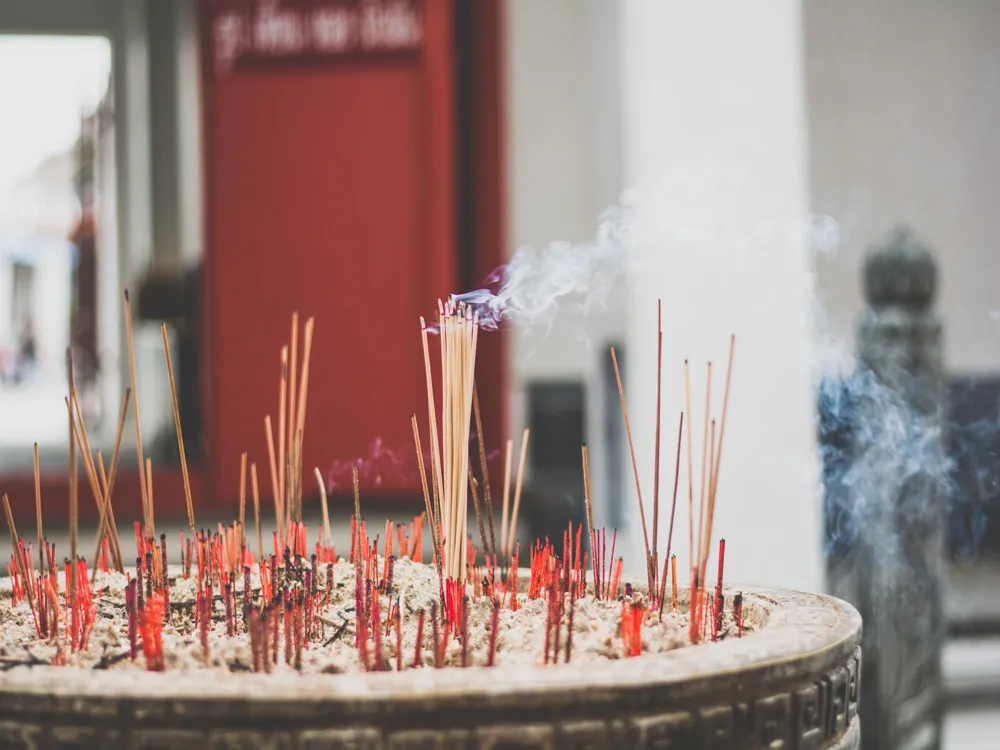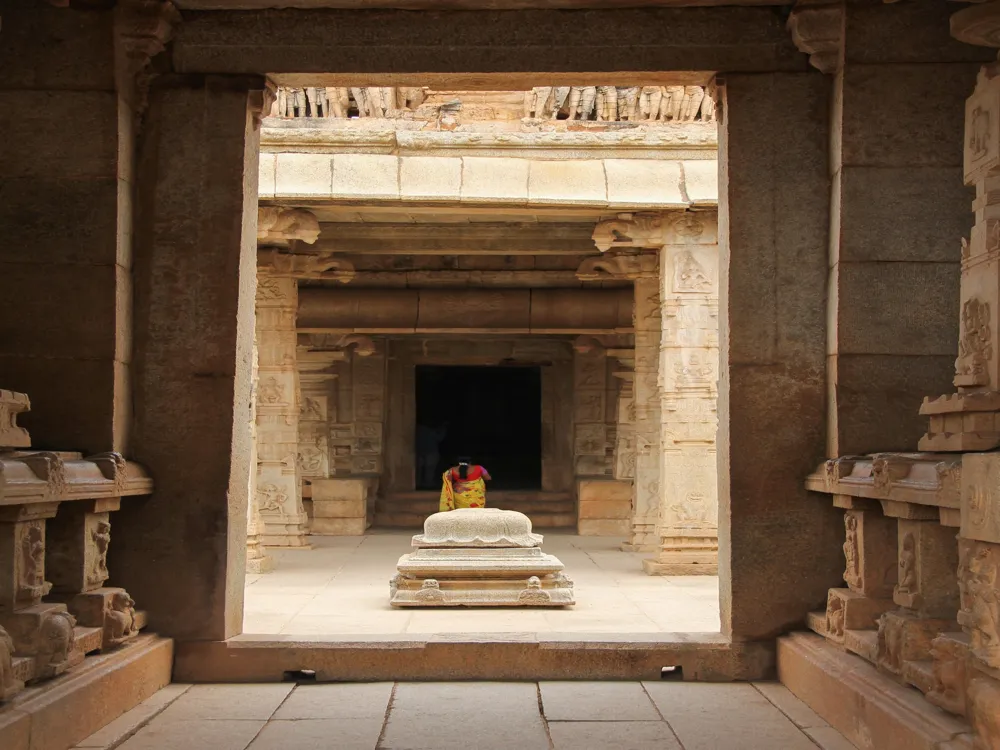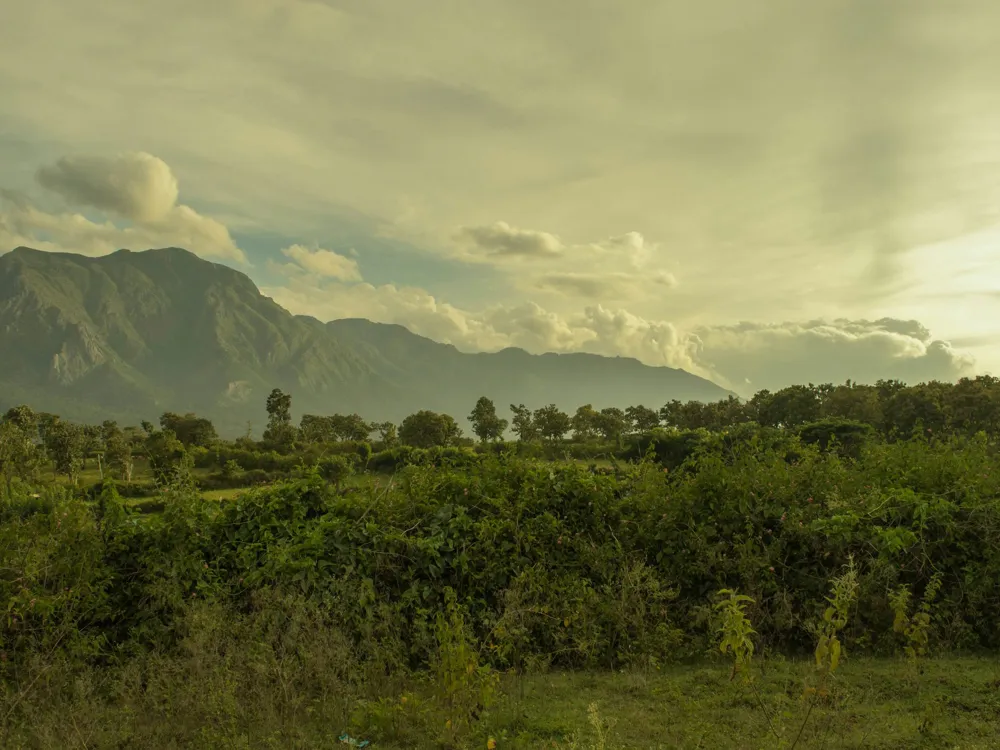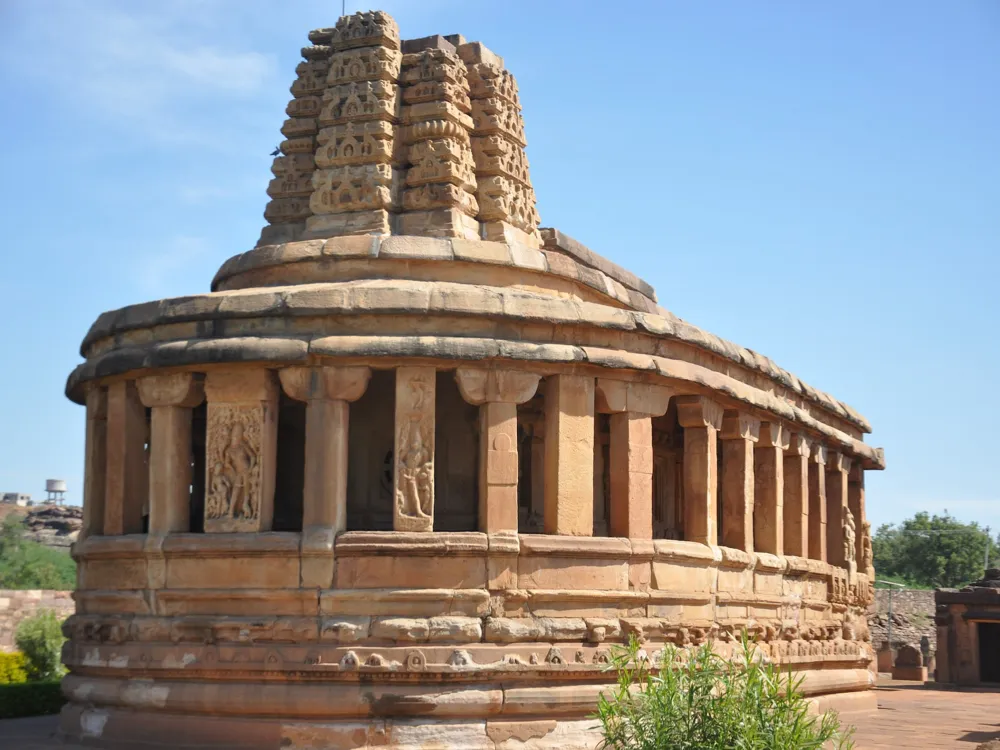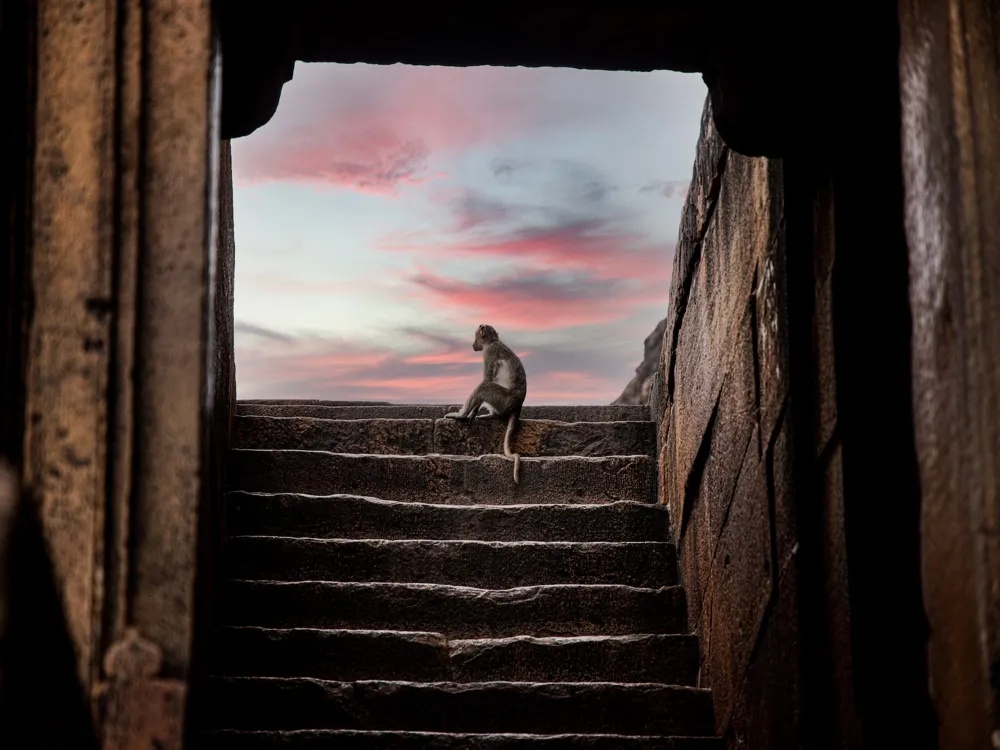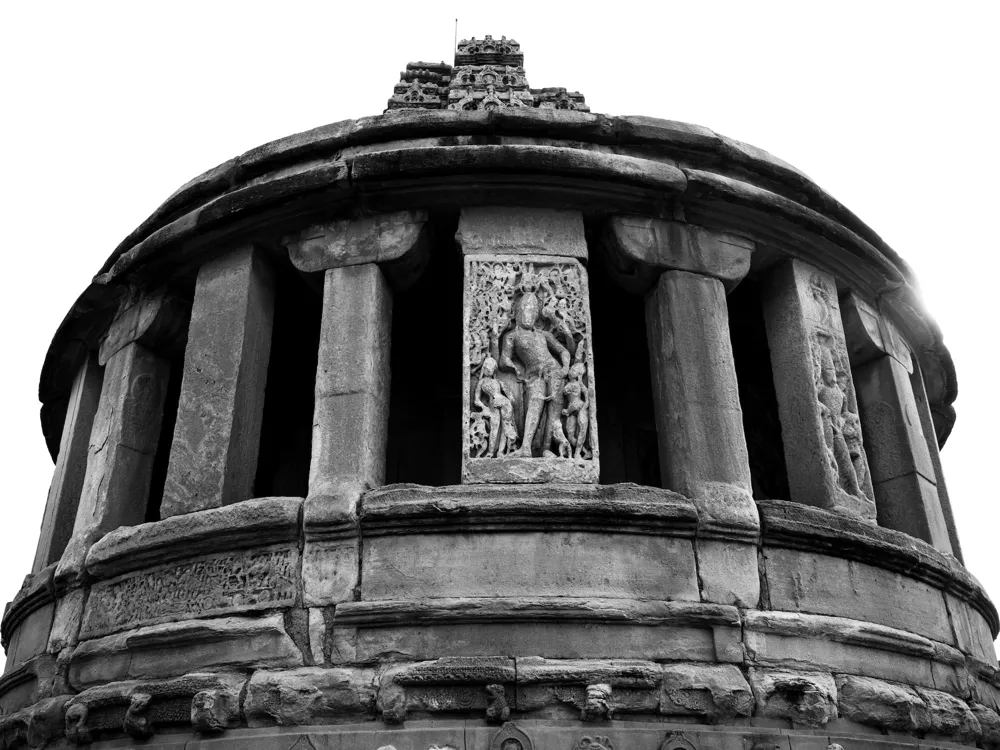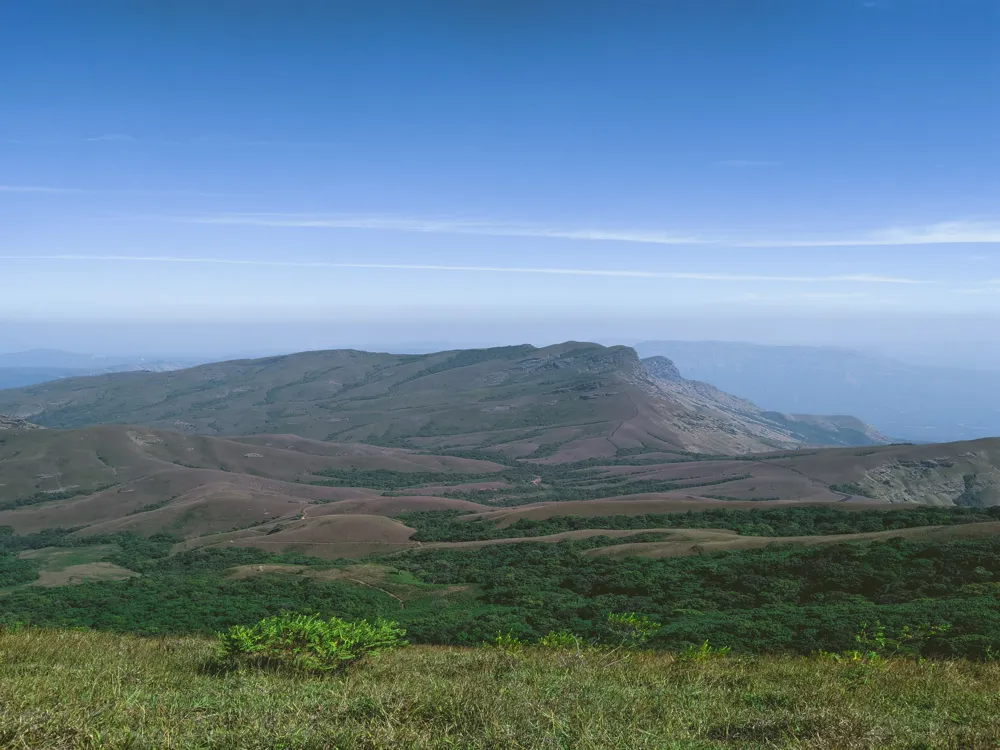Hampi, a UNESCO World Heritage Site located in Karnataka, India, is a treasure trove of history, culture, and stunning architecture. Once the capital of the Vijayanagara Empire, Hampi's ruins spread over 4,100 hectares, showcasing a bygone era's grandeur. This ancient city, nestled within the rocky terrain of the Deccan Plateau and surrounded by the Tungabhadra River, offers a mesmerizing blend of history and natural beauty. Its landscape is dotted with boulders, banana plantations, paddy fields, and palm groves, creating a picturesque setting for exploration.
The history of Hampi dates back to the 14th century, when it was established as the capital of the Vijayanagara Empire. Under the rule of King Krishnadevaraya, the city flourished in trade, culture, and the arts, attracting traders and travelers from far and wide. The city's strategic location made it a hub for the spice and cotton trade. Hampi's decline began in the 16th century after a coalition of Muslim sultanates defeated the Vijayanagara rulers, leading to its eventual abandonment and obscurity until its rediscovery in the 19th century.
Today, Hampi's ruins are a testament to its past glory, attracting thousands of history buffs, architecture enthusiasts, and travelers from across the globe. The site comprises over 1,600 remains, including temples, palaces, market streets, aquatic structures, fortifications, and an abundance of other structures. Hampi is not just a destination; it's a journey back in time, offering a glimpse into a powerful empire that once ruled over southern India.
The architecture of Hampi is a profound testament to the skill and creativity of its ancient builders. This architectural wonder blends elements from various styles, including Dravidian, Indo-Islamic, and even traces of the Vijayanagara Empire's unique style. The ruins of Hampi are divided into two broad areas: the Sacred Centre and the Royal Centre.
The Sacred Centre, located on the banks of the Tungabhadra River, is home to some of the most iconic structures of Hampi. The Virupaksha Temple, dating back to the 7th century, is the oldest and one of the most significant temples in Hampi. Its intricate carvings, towering gopuram (gateway tower), and sacred sanctum offer a profound spiritual experience. The Vittala Temple, another masterpiece, is renowned for its extraordinary stone chariot and musical pillars that emit musical tones when struck.
The Royal Centre, on the other hand, showcases the secular or courtly aspects of Hampi's architecture. This area includes the remains of palaces, administrative buildings, and ceremonial structures. The Lotus Mahal, an elegant blend of Hindu and Islamic architectural styles, and the Queen’s Bath, a colossal bath with a moat, are remarkable examples of the luxury and sophistication that once defined royal life in Hampi.
The Hampi Bazaar, a once-thriving market, stretches in front of the Virupaksha Temple, leading to various other monuments. Each structure in Hampi is a marvel in itself, reflecting the ingenuity of ancient Indian architecture. The use of locally sourced materials, like the hard granite, and the integration of artistic themes from different cultures and religions, highlight the inclusive and innovative spirit of the Vijayanagara architects.
The urban layout of Hampi, with its well-planned streets, irrigation systems, and thoughtfully designed public spaces, reveals the advanced urban planning and administrative acumen of its rulers. The combination of functional, aesthetic, and spiritual elements in Hampi's architecture makes it a unique historical site that continues to fascinate and inspire.
The ideal time to visit Hampi is from October to February when the weather is pleasant. Summers can be extremely hot, and the monsoon season might hinder exploration due to heavy rains.
Hampi offers a range of accommodation options, from budget guesthouses to luxury resorts. Staying in Hospet, a nearby town, can also be a good option for more choices.
Hampi is best explored on foot or by bicycle. For longer distances, auto-rickshaws and rented scooters are available. Ensure to negotiate the fare in advance.
Hampi is a historical and religious site. Dress modestly, especially when visiting temples, and always seek permission before taking photographs of local people or religious ceremonies.
Local eateries offer delicious Indian cuisine. It's essential to stay hydrated, especially during the hotter months, so carry water with you.
Hampi is accessible by air, rail, and road. The nearest airport is in Bellary, about 60 km away. Hospet, 13 km from Hampi, is the nearest railway station with good connectivity. Hampi is also well-connected by road with major cities like Bengaluru and Hyderabad. State-run and private buses frequently ply to Hampi, making it easily reachable for travelers.
Overview of Hampi, Karnataka
Architecture of Hampi
Tips When Visiting Hampi
Best Time to Visit
Accommodation and Stay
Transportation and Getting Around
Respecting Local Culture and Heritage
Food and Hydration
How To Reach Hampi
Rock Climbing
Hampi
Karnataka
NaN onwards
View hampi Packages
Hampi Travel Packages
View All Packages For Hampi
Top Hotel Collections for Hampi

Private Pool

Luxury Hotels

5-Star Hotels

Pet Friendly
Top Hotels Near Hampi
Other Top Ranking Places In Hampi
View All Places To Visit In hampi
View hampi Packages
Hampi Travel Packages
View All Packages For Hampi
Top Hotel Collections for Hampi

Private Pool

Luxury Hotels

5-Star Hotels

Pet Friendly










